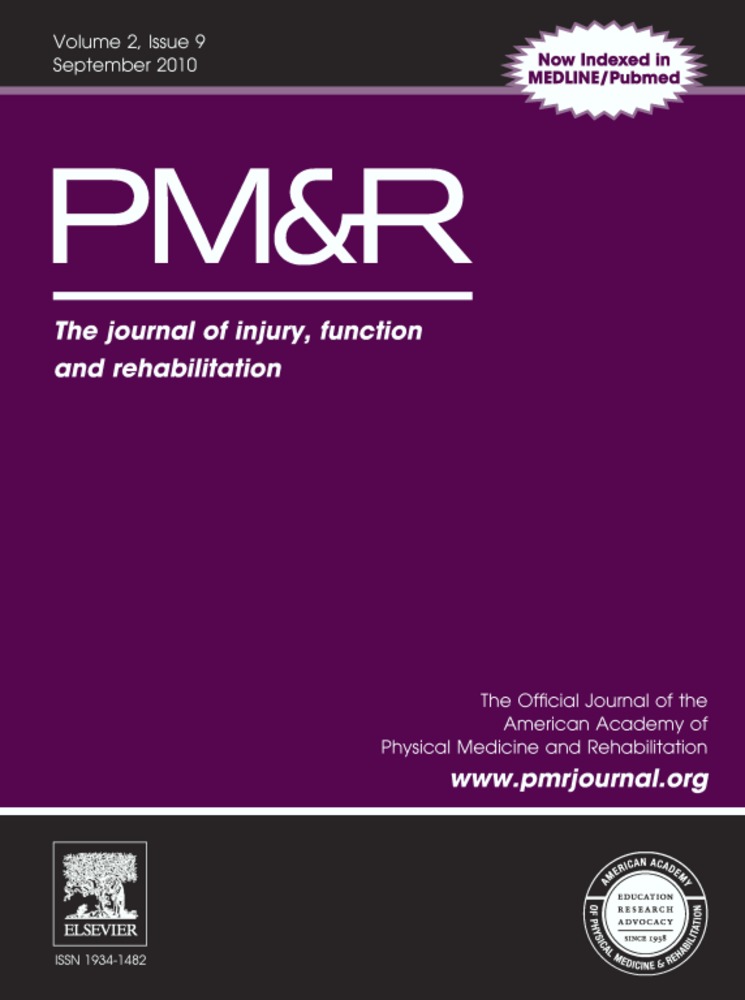Accuracy of Ultrasound-Guided Versus Palpation-Guided Acromioclavicular Joint Injections: A Cadaveric Study
Abstract
Objective
To describe a technique for sonographically guided acromioclavicular joint (ACJ) injections and compare its accuracy to palpation-guided injections in a cadaveric model.
Design
Prospective laboratory investigation.
Setting
Procedural skills laboratory at a tertiary medical center.
Methods
A single experienced operator completed 10 sonographically guided and 10 palpation-guided ACJ injections in unembalmed cadavers. Injection order was randomized and all injections were completed with diluted colored latex. Co-investigators blinded to the injection technique dissected each specimen and graded colored latex location as accurate (in the ACJ), partially accurate (within and outside the ACJ), or inaccurate (no latex in the ACJ).
Main Outcome Measurements
Direct assessment of injected dye within the ACJ via dissection.
Results
All 10 sonographically guided ACJ injections accurately placed latex into the ACJ (100% accuracy), whereas only 4 of 10 (40%) palpation-guided injections accurately placed latex within the ACJ (P = .0054).
Conclusions
This cadaveric investigation suggests that sonographic guidance can be used to inject the ACJ with a high degree of accuracy, and should be considered superior to palpation guidance. Clinicians should consider using sonographic guidance to inject the ACJ when diagnostic specificity is paramount or when otherwise clinically indicated.




